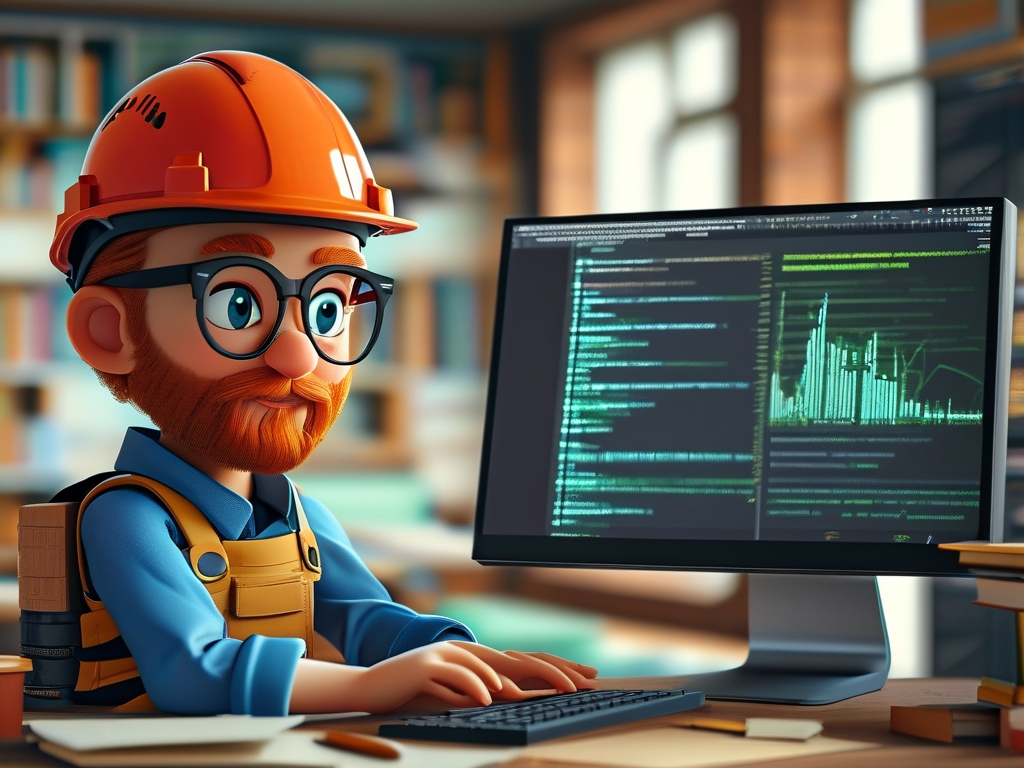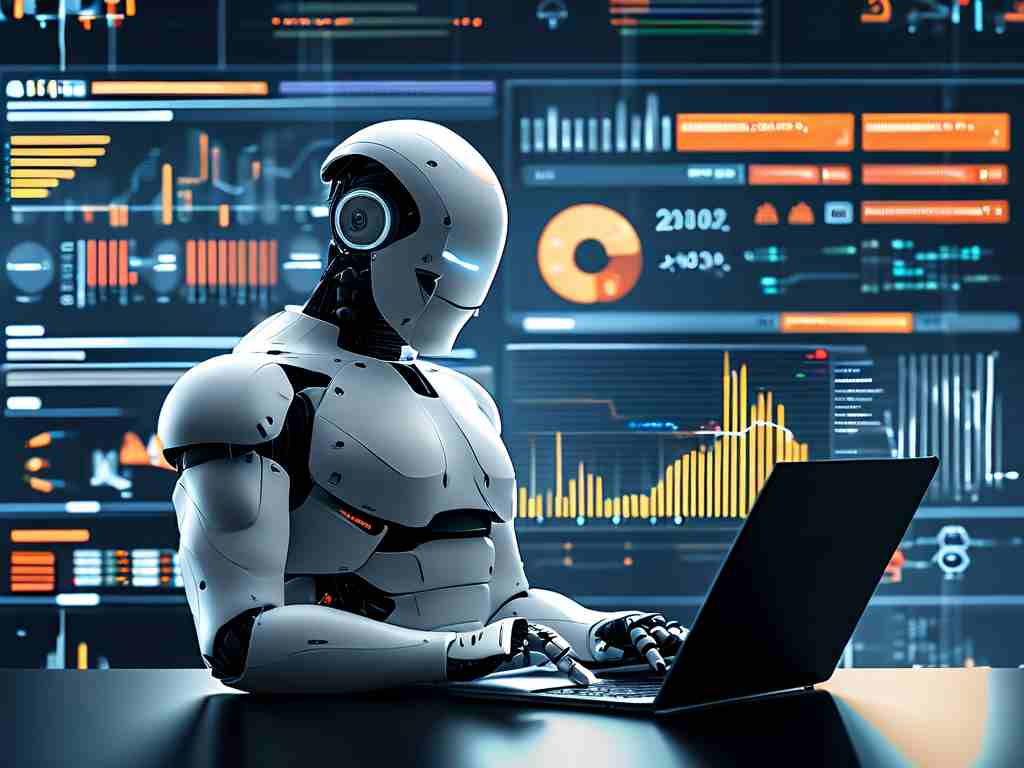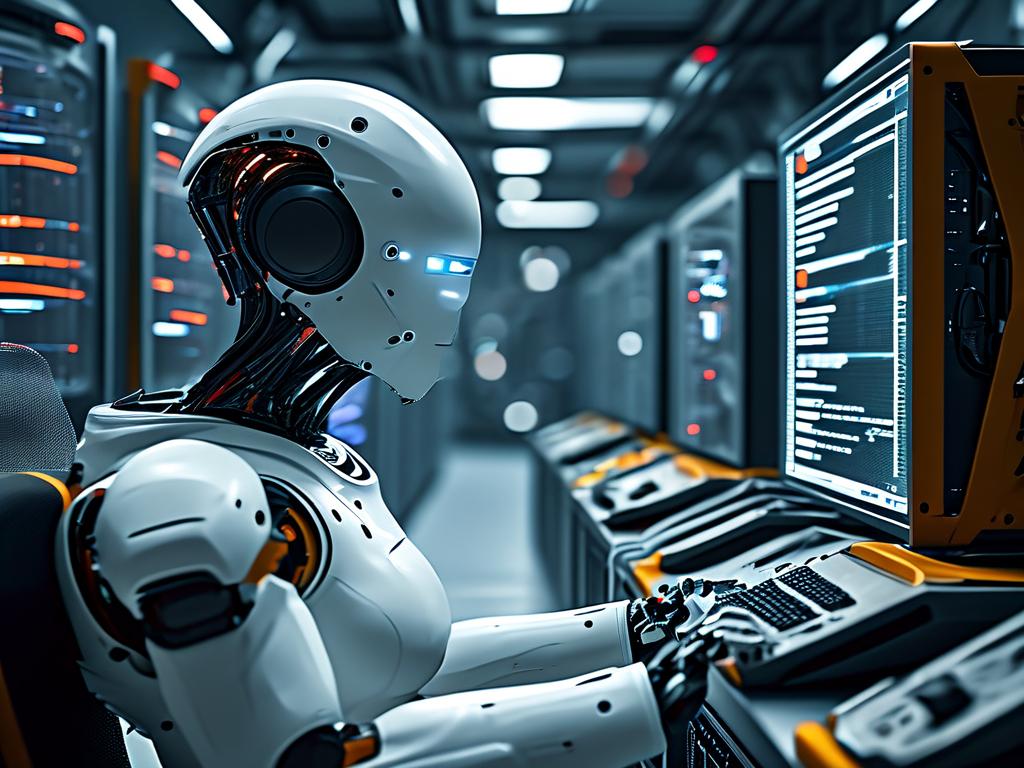In the rapidly evolving landscape of technology, programming and algorithm engineering stand as twin pillars of innovation. While programming provides the tools to build functional systems, algorithm engineering empowers these systems with intelligence and efficiency. This article explores how these disciplines intersect, their individual significance, and why their synergy is critical for solving modern computational challenges.
The Foundation: Programming as a Tool
Programming is the art of translating human logic into machine-executable instructions. From low-level languages like C++ to high-level frameworks like Python, programmers craft code that brings ideas to life. For algorithm engineers, programming is not just about writing lines of code-it's about creating a robust infrastructure to test, optimize, and deploy algorithms.
Consider machine learning models. A programmer must implement algorithms like gradient descent or neural networks while ensuring code scalability. Even minor inefficiencies-such as unoptimized loops or memory leaks-can derail performance. Thus, programming proficiency is non-negotiable for algorithm engineers. Tools like version control (e.g., Git) and debugging platforms further highlight the technical rigor required.
The Engine: Algorithm Engineering
Algorithm engineers focus on designing solutions to complex problems. Their work begins with mathematical modeling and extends to optimizing computational efficiency. Whether developing recommendation systems or cryptography protocols, they rely on principles like time complexity (Big O notation) and space optimization.
A classic example is sorting algorithms. While a novice programmer might use a basic bubble sort (O(n²)), an algorithm engineer would opt for quicksort (O(n log n)) or tailor hybrid approaches for specific datasets. Similarly, in artificial intelligence, algorithms like reinforcement learning or genetic algorithms demand deep theoretical knowledge to balance accuracy and computational cost.

The Intersection: Where Code Meets Theory
The true magic happens when programming and algorithm engineering converge. Take self-driving cars as a case study. Algorithm engineers develop perception models to detect pedestrians, while programmers integrate these models into real-time systems using languages like Rust or CUDA for GPU acceleration. This requires both parties to understand hardware constraints and parallel computing paradigms.

Another example is blockchain technology. Cryptographic algorithms (e.g., SHA-256) must be implemented flawlessly in code to ensure security. A single programming error could expose vulnerabilities, emphasizing the need for interdisciplinary expertise.
Challenges in Harmonizing Both Fields
Despite their interdependence, tensions exist. Algorithm engineers often prioritize theoretical elegance, while programmers emphasize practicality. For instance, a theoretically optimal algorithm might be too memory-intensive for deployment on edge devices. Bridging this gap demands communication and iterative prototyping.
Moreover, the rise of AI-generated code poses ethical and technical questions. While tools like GitHub Copilot accelerate development, they risk obscuring the nuanced decision-making inherent in algorithm design. Engineers must remain vigilant to ensure automated code aligns with intended logic.
The Future: Evolving Skill Sets
As quantum computing and neuromorphic hardware emerge, both programmers and algorithm engineers must adapt. Quantum algorithms, such as Shor's algorithm for factorization, require entirely new programming paradigms (e.g., Q#). Similarly, bio-inspired algorithms for neural networks challenge traditional coding practices.
Educational institutions are already shifting curricula to emphasize this synergy. Courses now blend data structures with machine learning, while hackathons encourage collaborative problem-solving. For professionals, continuous learning-via platforms like Coursera or LeetCode-is essential to stay relevant.
Programming and algorithm engineering are not siloed disciplines but complementary forces driving technological progress. Mastery of both enables engineers to tackle grand challenges-from climate modeling to personalized healthcare. As technology advances, those who embrace this duality will lead the next wave of innovation, turning abstract theories into transformative realities.
In the words of computer scientist Donald Knuth, "Algorithms are not just a part of computer science-they are its heart." When paired with disciplined programming, they become the heartbeat of our digital world.









